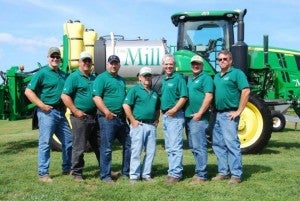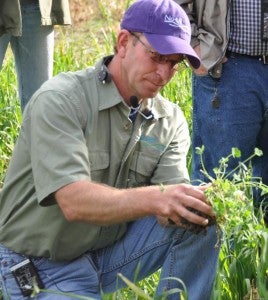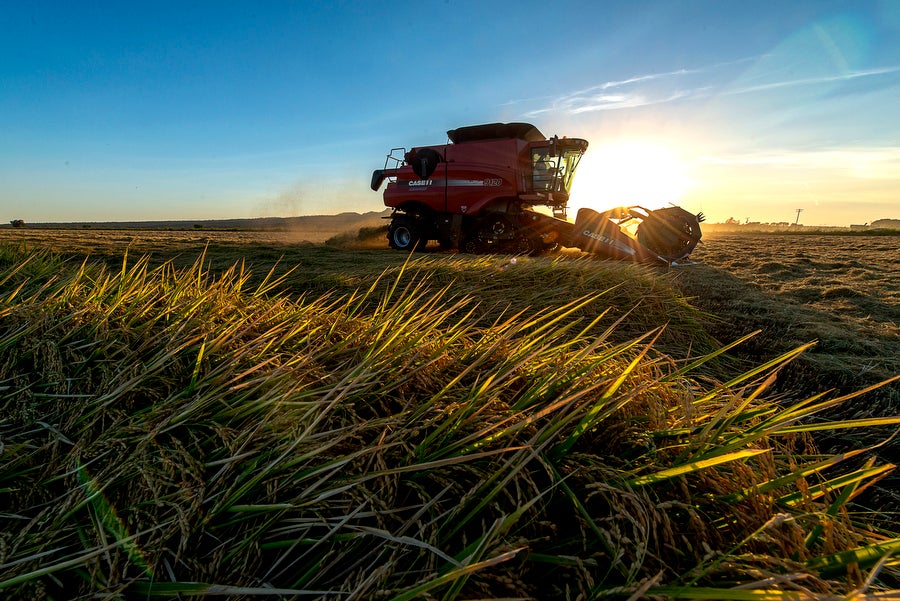Farming is a tough business. With constantly changing crop prices, difficult to predict and increasingly extreme weather variations, and changing consumer demands, growers don’t have an easy time of it.
Like any business, profitability is the number one priority. And it should be – if you are not profitable, it’s very hard to stay in business.
All the growers I’ve worked with care deeply about their land. In a recent survey of a group of Midwestern farmers, “land stewardship” ranked as their top value. And sustainability is in a farmers’ best interest since healthy lands plays a huge role in whether farms will be around – and productive – for the next generation. But making agriculture truly sustainable will require investment from farmers.
Here’s the good news: sustainability and profitability can go hand-in-hand. Efficiencies like fertilizer optimization can result in cost savings. And with those savings, growers can invest in new technologies and cover crops, which can help make farms more resilient and increase yields, generating long term economic gain.
I asked Tim Richter, owner of a swine and corn farm operation spanning 9,000 acres in northern Iowa and Missouri, to tell me his profitability and sustainability story. Read More »










 Land O’Lakes SUSTAIN® platform – a powerful tool that can make a real impact in improving regional water quality — is coming to the Chesapeake Bay.
Land O’Lakes SUSTAIN® platform – a powerful tool that can make a real impact in improving regional water quality — is coming to the Chesapeake Bay. A team of researchers spent seven years dissecting, analyzing and reporting on California’s nitrogen cycle, and the results are eye-opening.
A team of researchers spent seven years dissecting, analyzing and reporting on California’s nitrogen cycle, and the results are eye-opening.

